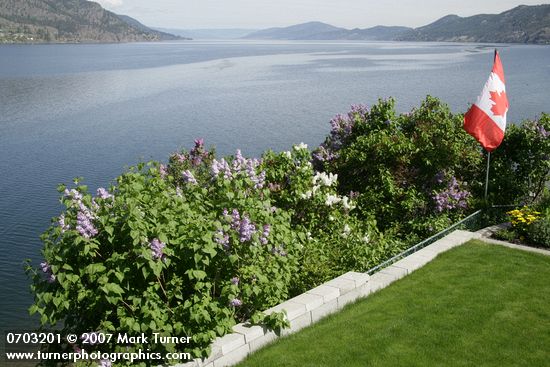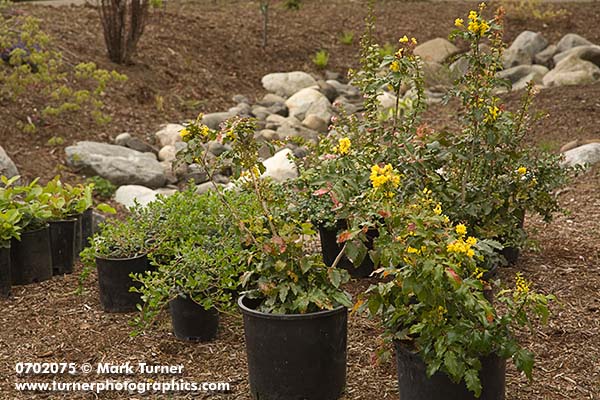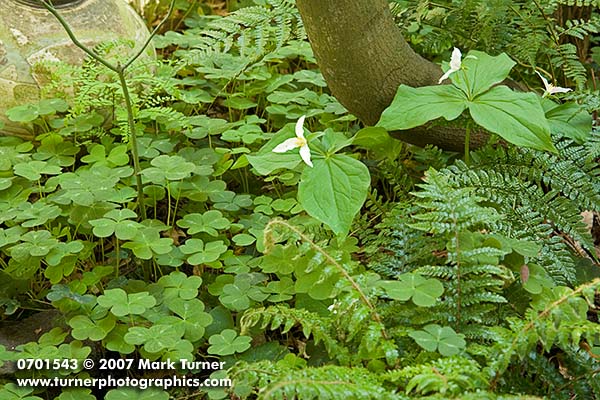Sunshine and Storm Clouds
One of the challenges of any kind of outdoor photography is dealing with the weather. I’m in the midst of a week-long photography session in the Spokane, Washington area at the moment and nearly froze my fingers off this morning while working in a garden under seriously overcast skies.
This week’s overcast is in strong contrast to the weather I had earlier in May while photographing gardens in the Canadian Okanagan. That week I had one day of partly-cloudy skies (meaning the clouds skittered by, giving alternately sunny and bright overcast conditions) and three days of pure blue sky and bright sunshine.


Ideal weather for garden photography is a bright, high overcast, with enough sun coming through the clouds for soft shadows, but not so much that the contrast between lit and shaded areas is extreme. Unfortunately, it’s not often that I’m blessed with these ideal conditions. I tend to work early in the morning and late in the afternoon for garden landscapes. Mid-day is a good time to take a break and refresh — unless it’s a cloudy day which often means starting later and working during what should be high noon if the sun were out. It’s difficult to predict, and I’ve learned not to completely believe the weatherman.
Sometimes I just have to make do with what I find. Today, that meant waiting around in the morning for the sky to brighten up enough to be worth going out. I had time to read both the Sunday and Monday newspapers while waiting. Then I took an early lunch break when it started raining on me. The light was definitely soft, but with the combinations of plants in the gardens where I was working I was able to make some nice images. It wasn’t quite the light I would have ordered, but it worked.
Late this afternoon I started shooting in a park-like private garden with an incredible collection of Hostas and some nice small conifers. The sun broke through the clouds briefly and I thought I was going to have about three hours of nice light. However, the storm clouds soon rolled back in, the sky darkened, and rain threatened. I packed up and returned to my lodging to wait for another day. Soon after I left the sky opened and a thunderstorm dropped hail, winds picked up to 30 mph, and the temperature plummeted 10 degrees in 30 minutes at the public radio station I was listening to while driving across town.







![0701730 Carey's Balsamroot & Showy Phlox on rocky hillside [Balsamorhiza careyana; Phlox speciosa]. Waterworks Cyn, Oak Cr Wildlife Area, Yakima Co., WA. © Mark Turner Carey's Balsamroot & Showy Phlox](/wp-content/uploads/2007/04/Turner_0701730.jpg)

